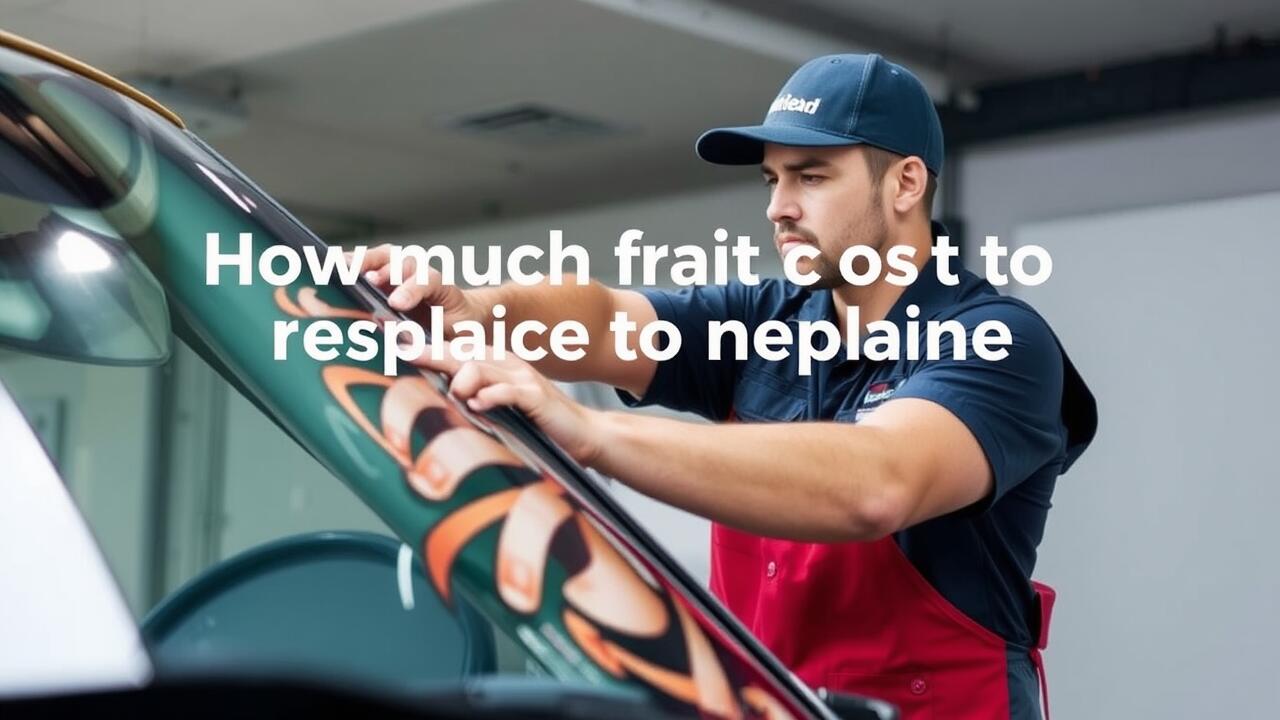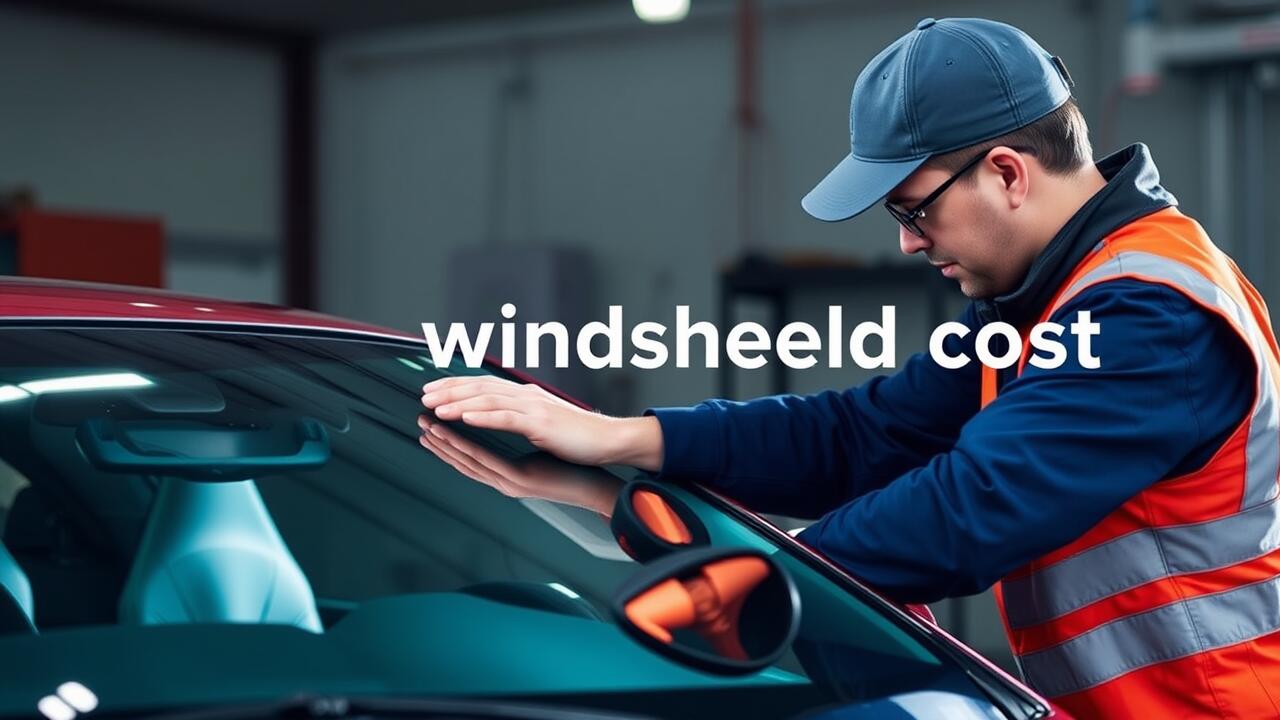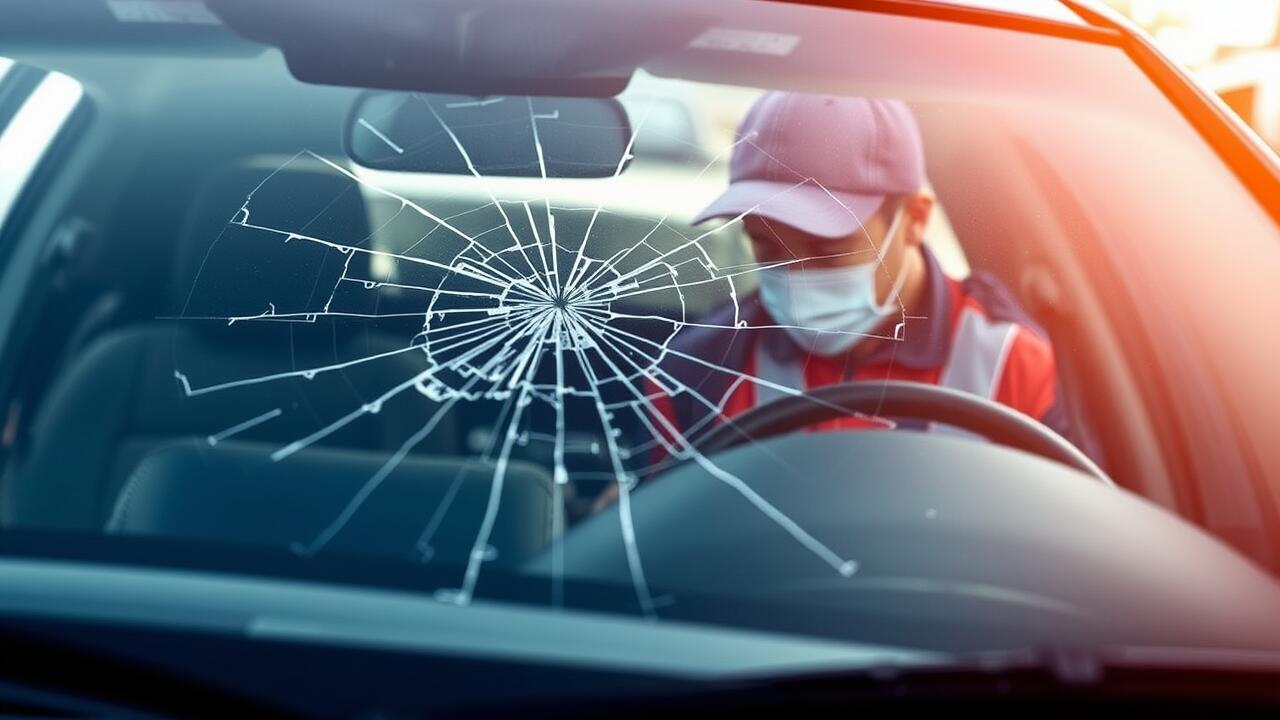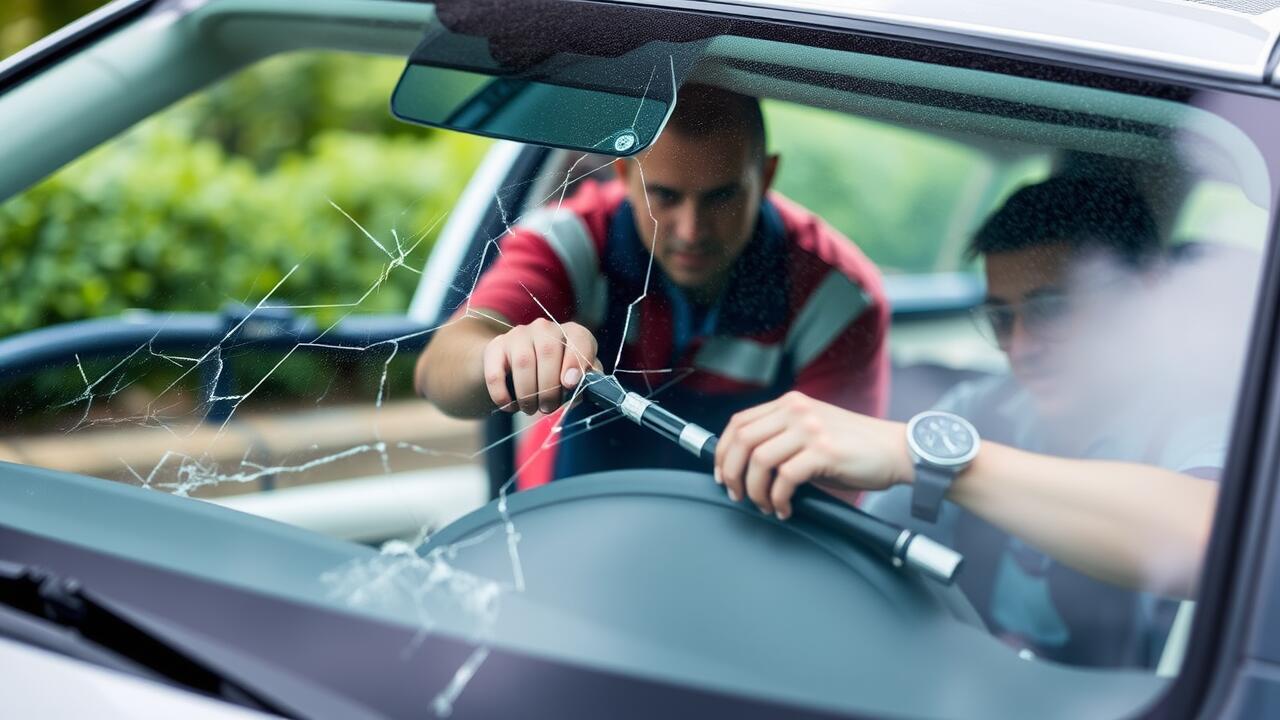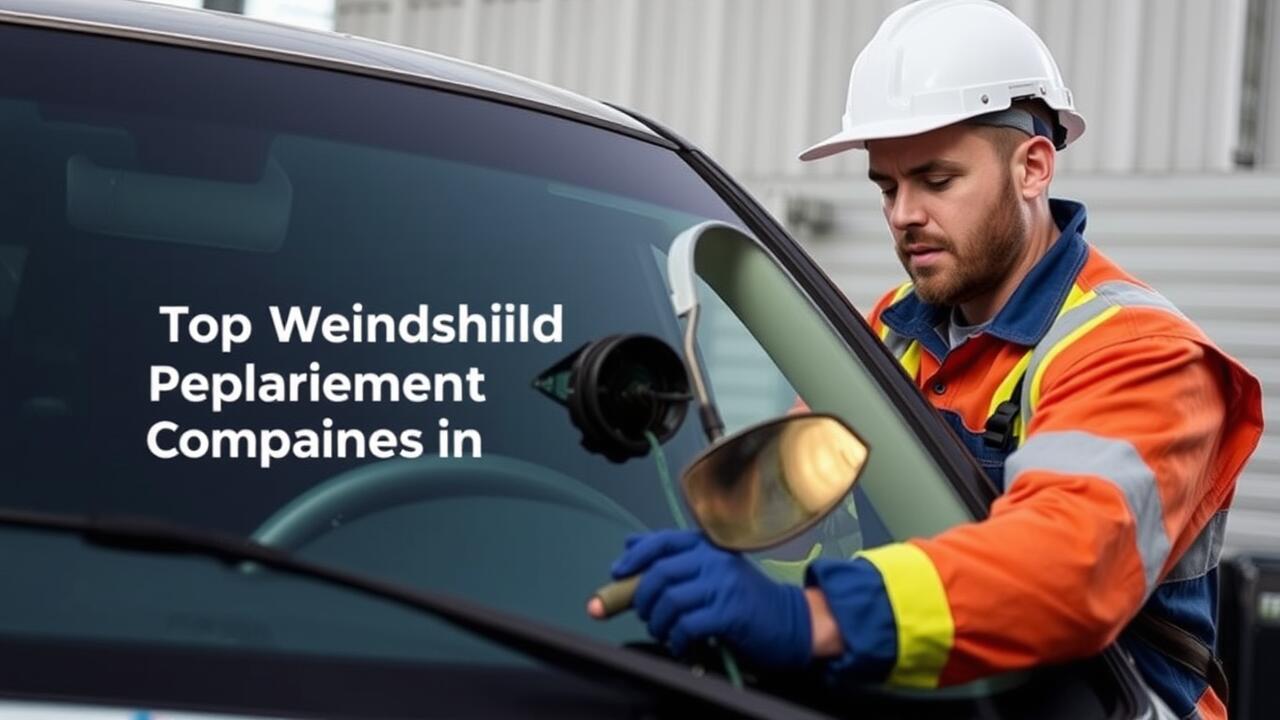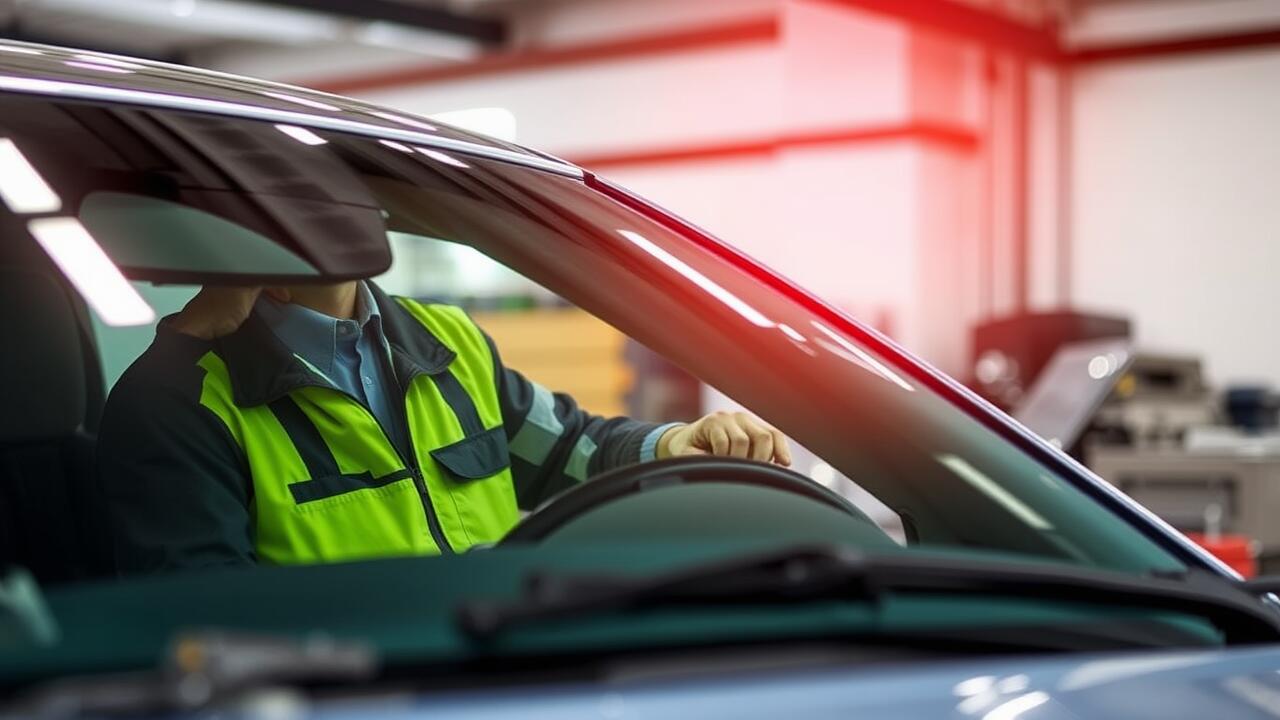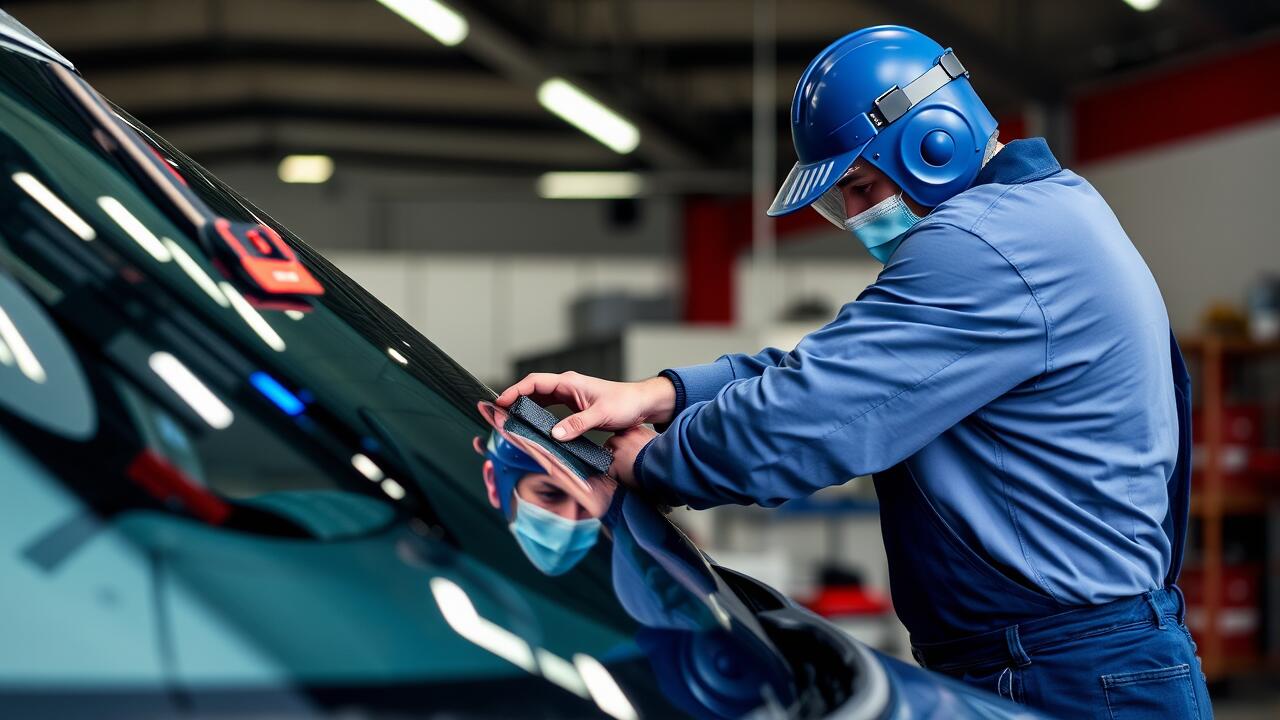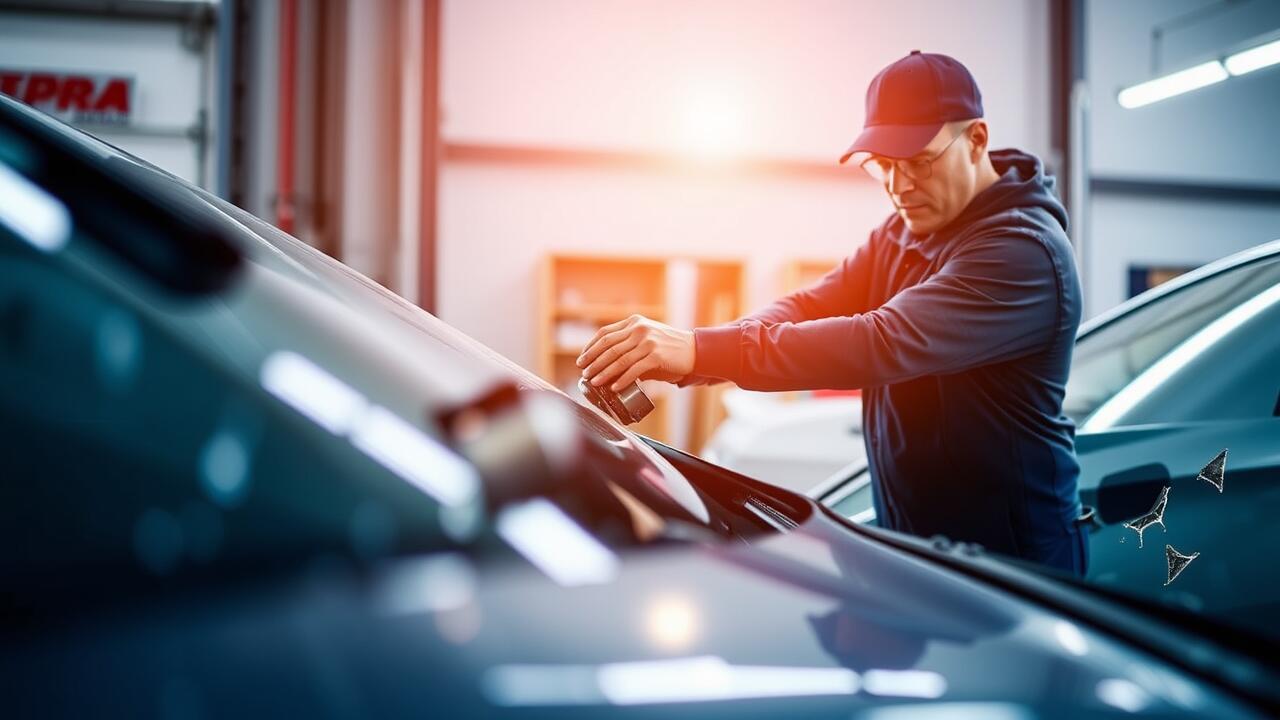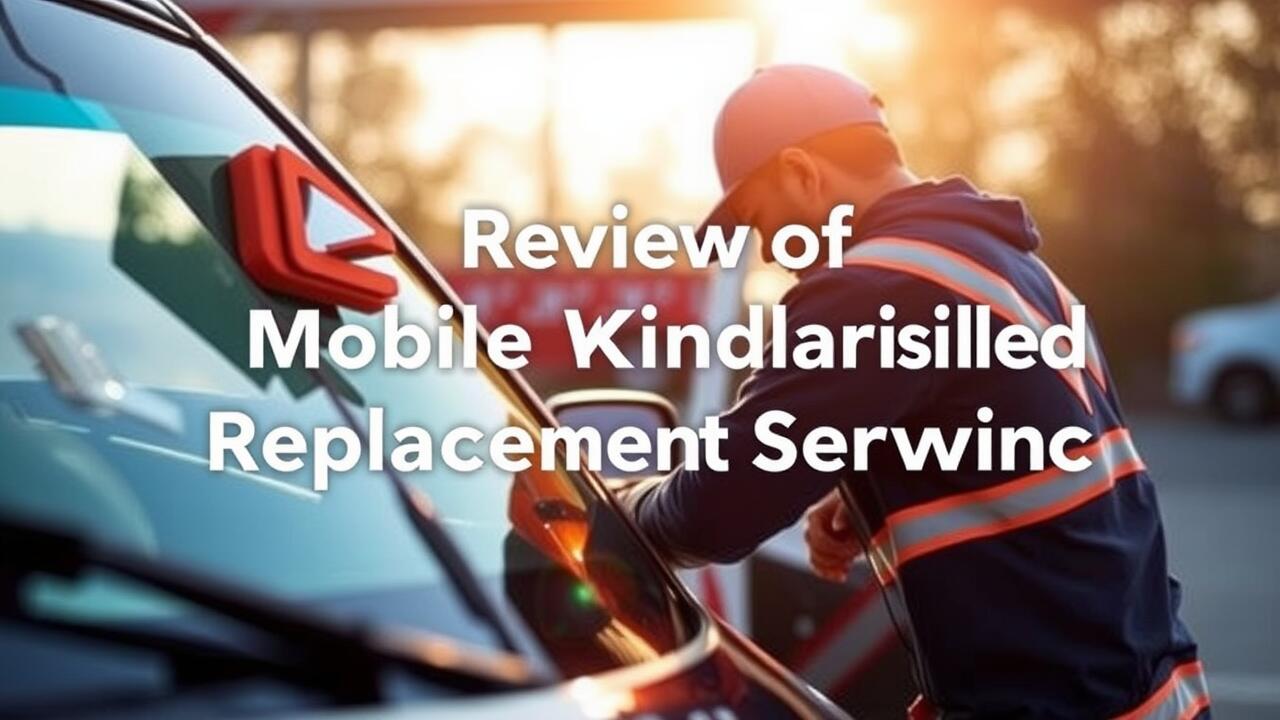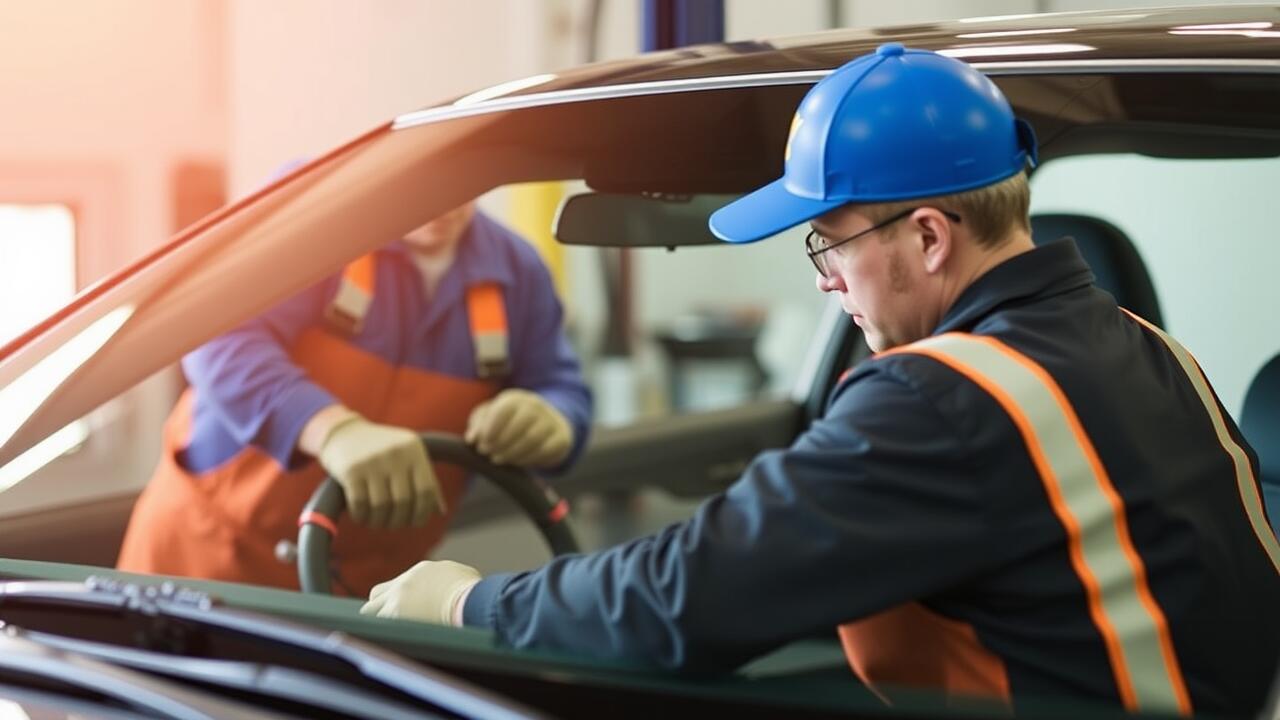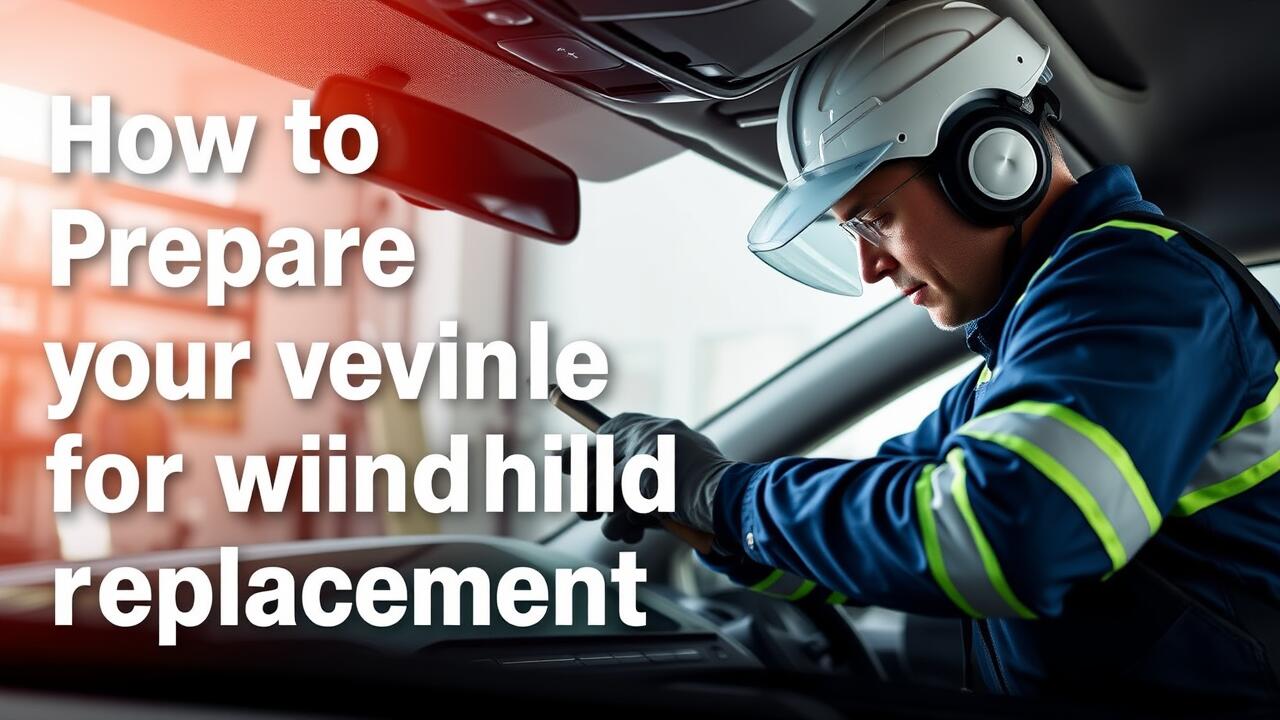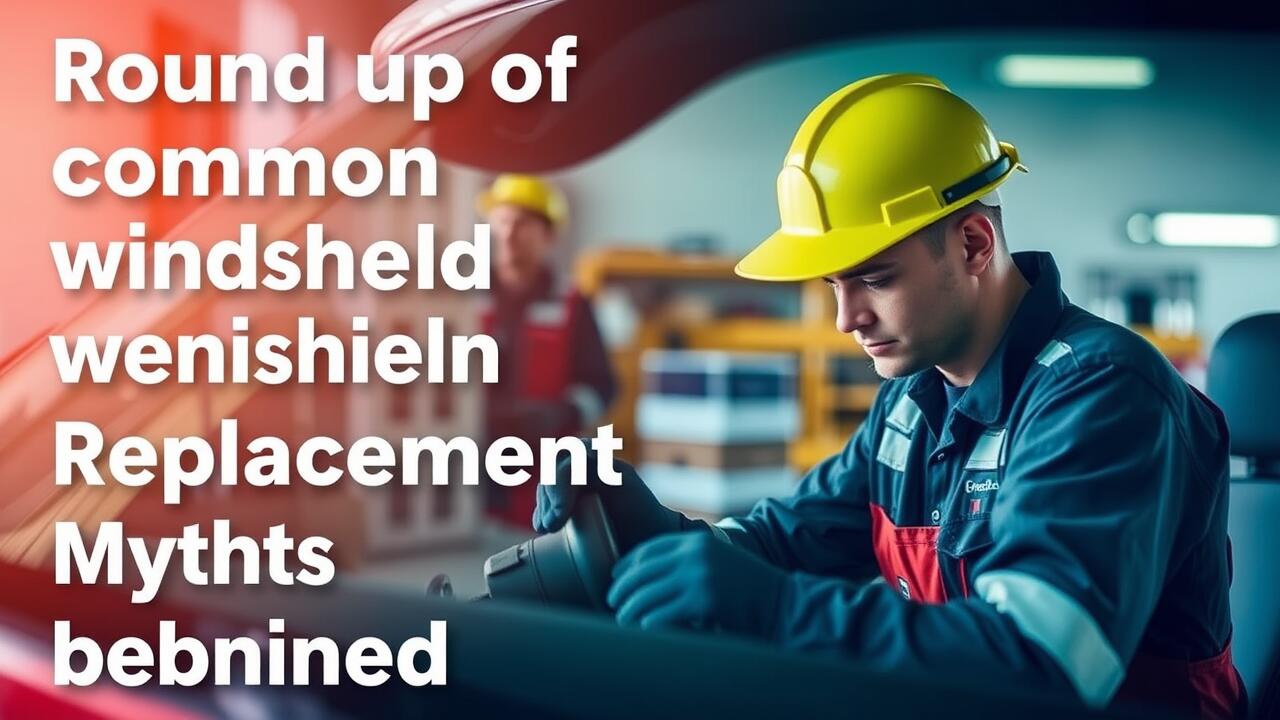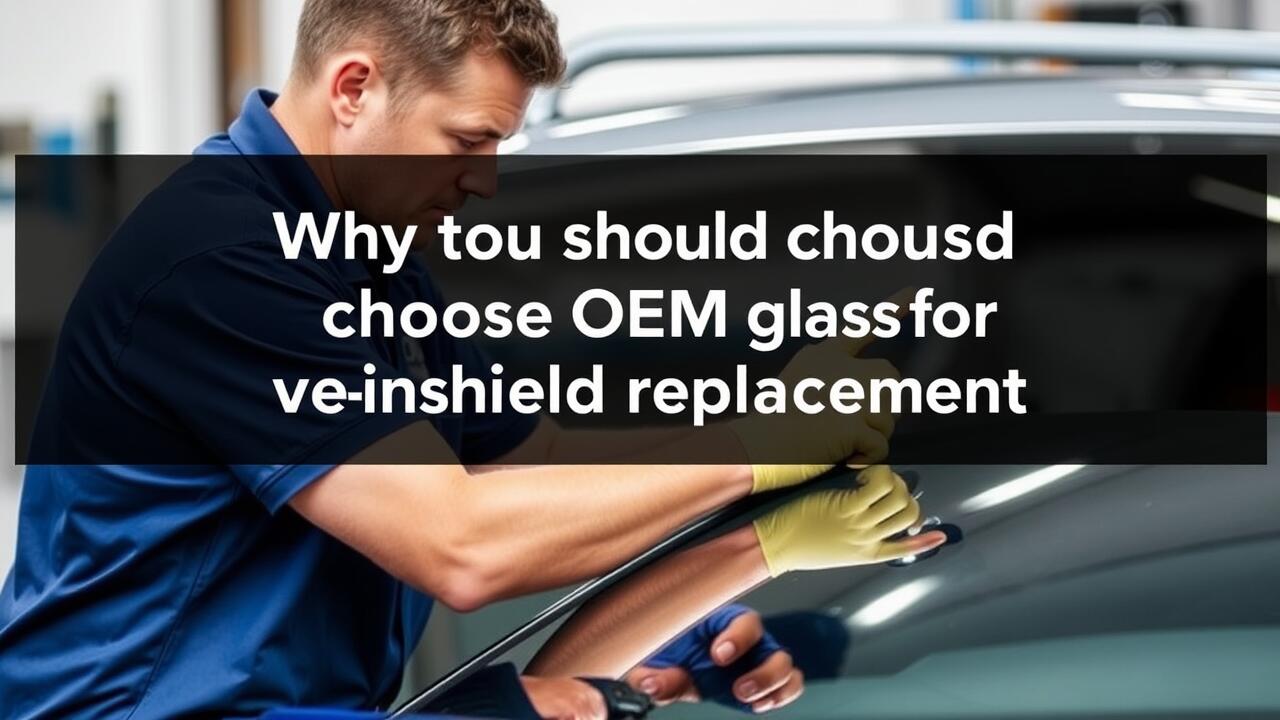
Table Of Contents
Installation Process of OEM Glass
The installation process of OEM glass for windshield replacement requires precision and attention to detail. Technicians begin by removing the old windshield while ensuring not to damage any surrounding components. Once the old glass is safely removed, they clean the frame, preparing the area for the new OEM glass. A strong adhesive is applied, allowing the new windshield to bond securely. Careful alignment is crucial during this step to avoid leaks or misalignments that can affect the vehicle's appearance and functionality.
After placing the new OEM glass, technicians usually allow the adhesive to cure for a specific time before the vehicle can be safely driven. This period is vital for achieving the best possible bond between the windshield and the vehicle. The final inspection involves checking for any gaps or imperfections and ensuring that the installation meets safety standards. A properly installed OEM windshield contributes not only to the aesthetic appeal of the car but also to the overall safety of the vehicle for driver and passengers alike.
Ensuring Proper Fitting for Optimal Safety
When it comes to windshield replacement, achieving a proper fit is crucial for ensuring the safety of the vehicle's occupants. OEM glass is manufactured to the same specifications as the original part, which means it aligns perfectly with the vehicle's frame. This precise fitting helps to maintain structural integrity. A well-fitted windshield can also better withstand the impact of road debris and extreme weather conditions, providing an essential barrier in case of an accident.
Moreover, incorrect installation can lead to leaks or even a risk of the glass dislodging during a collision. Using OEM glass reduces the likelihood of fitting issues that often arise with aftermarket products. Professional installers trained in handling OEM materials ensure that the windshields are properly sealed and securely fastened. This attention to detail not only enhances safety but also contributes to improved vehicle performance and passenger comfort.
Cost Considerations
When considering windshield replacement, cost is a significant factor for many vehicle owners. OEM glass tends to have a higher initial price compared to aftermarket alternatives. This difference often stems from the quality assurance and durability associated with OEM products. Investment in OEM glass can lead to fewer replacements in the long run, which may offset the upfront costs.
Evaluating long-term value is crucial when deciding on replacement options. While the immediate expense of OEM glass may seem daunting, its reliability and performance can save money over time. Many drivers find that opting for OEM glass reduces the chances of future repairs, making it a worthwhile consideration. Ultimately, the decision to invest in OEM glass can reflect an understanding of value beyond just the sticker price.
Evaluating Long-Term Value vs. Initial Expense
When considering windshield replacement, the initial expense of OEM glass may seem higher compared to alternatives. However, investing in OEM products often translates to enhanced durability and performance. The quality materials used in OEM windshields ensure a better fit and reduce the likelihood of future issues. This can save car owners from potential costs associated with repeated repairs or replacements down the track.
The long-term value of OEM windshields also extends beyond durability. Many manufacturers offer warranties that cover defects or issues arising from the installation. Such guarantees provide peace of mind and can lead to significant savings if any problems occur after the windshield replacement. In the context of vehicle safety and integrity, opting for OEM glass emerges as a financially sound decision over time, often justifying the higher upfront costs.
Warranty and Reliability
When considering windshield replacement, one of the key advantages of choosing OEM glass is the warranty associated with these products. Most manufacturers provide comprehensive warranties that cover defects in materials and workmanship. This peace of mind ensures that, should any issues arise after installation, drivers can have their windshields repaired or replaced without incurring additional costs.
Reliability is another important factor to consider. OEM glass is produced to meet the exact specifications of the original equipment, which means it is designed to fit seamlessly into your vehicle. This precise fit contributes to the overall structural integrity of the car and enhances safety while driving. In contrast, non-OEM alternatives may not offer the same level of durability or reliability, potentially leading to problems down the track.
Understanding the Guarantees Offered with OEM Products
OEM glass products come with warranties that provide peace of mind for vehicle owners. These guarantees typically cover defects in materials and workmanship, ensuring that the replacement component meets the original manufacturer’s standards. Such coverage indicates a commitment to quality, which is especially important for something as critical as windshield replacement.
Furthermore, many OEM suppliers offer additional assurances regarding the performance of their glass under various weather conditions and impacts. Knowing that the windshield is backed by a reputable warranty can make a significant difference in long-term satisfaction. This reliability often leads to fewer concerns about future repairs or replacements, making OEM glass a sound investment for your vehicle’s safety and durability.
FAQS
What does OEM stand for in relation to windshield replacement?
OEM stands for Original Equipment Manufacturer, meaning the glass is made by the same manufacturer that supplied the original glass for your vehicle.
Why is it important to choose OEM glass for windshield replacement?
Choosing OEM glass ensures that the replacement fits perfectly and maintains the safety features of your vehicle, as it is designed specifically for your make and model.
How does the installation process of OEM glass differ from aftermarket glass?
The installation process for OEM glass is usually more straightforward, as it is designed to fit the vehicle's specifications precisely, reducing the risk of leaks and other issues.
Are there cost differences between OEM and aftermarket windshields?
Yes, OEM windshields typically come at a higher upfront cost compared to aftermarket options, but they may offer better long-term value due to their fit and durability.
What kind of warranty can I expect with OEM glass?
OEM glass usually comes with a warranty that covers defects and ensures reliability, providing peace of mind that the product will perform as intended.

